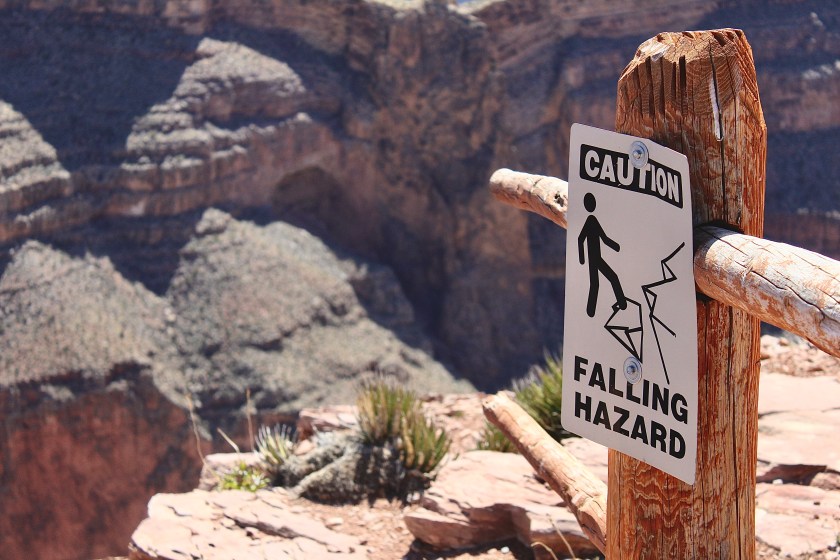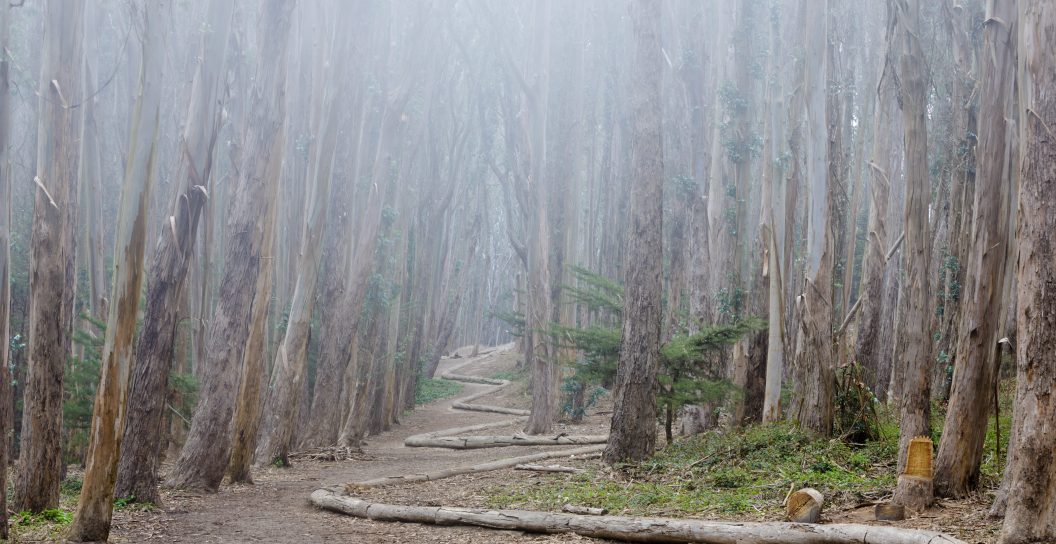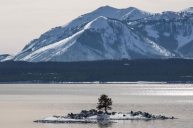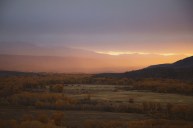National parks can be wonderful places for recreation. But like anywhere in the outdoors, they are not without risks, and a beautiful day in the park can quickly turn deadly. A recent study listed the deadliest national parks in the U.S., with Wrangell-St. Elias and Grand Canyon topping the list. Isle Royale, North Cascades, and Dry Tortugas were not far behind.
But what's really killing people in national parks? The National Park Service recently released 17 years worth of national park mortality records. They documented nearly 4,000 deaths in 63 national parks, as well as other areas under NPS' jurisdiction, such as national seashores, monuments, and recreation areas. Backpacker.com did an in-depth analysis of the records to find out what exactly was killing people in national parks, and 85% of the deaths fell into one of five categories.
Top 3 Leading Causes of Death in National Parks

Getty
According to the data, drowning causes the majority of deaths in national parks, accounting for 20.9% of total deaths, or 829 fatalities between 2007 and 2023. Lake Mead National Recreation Area, which straddles Nevada and Arizona, saw the most drowning deaths, with a staggering 108. Many of the Lake Mead deaths were due to boaters not wearing life jackets or getting caught in high winds.
The next-highest cause of death is motor vehicle accidents, accounting for 17.3% of fatalities, or 687 deaths during the 17-year span. According to the NPS, one person dies each week in a motor vehicle accident in national parks. The majority of the accidents take place in the daytime during the summer months when park visitation is at its highest. The Natchez Trace Parkway—which cuts through Tennessee, Alabama, and Mississippi—was the site of the most fatal crashes, with 93 deaths between 2007 and 2023.
Suicide is the third-leading cause of death in national parks, accounting for 12.4% of fatalities. According to the data, 493 people died by suicide in national parks between 2007 and 2023. Scenic overlooks, such as the Natchez Trace Parkway and the Golden Gate National Recreation Site, have the most recordings of deaths by suicide. Efforts have been made to prevent suicide, with barriers installed on bridges at both of these sites, and park rangers stationed at places like the Grand Canyon have received training in suicide awareness.
Medical issues account for 12% of all national park deaths, with 477 people dying from medical-related issues since 2007. The Grand Canyon sees more medical deaths than any other national park unit, with 53 medical deaths since 2007 (not including deaths from external factors such as excessive heat).
Lastly, falls account for 10.8% of national park deaths, with 428 fatalities since 2007. The majority of fall-related deaths happen in Yosemite, but not from rock climbing. Popular scenic overlooks such as Taft Point, Nevada Fall, and Half Dome are involved—and the rise of social media may have something to do with this. Several visitors have fallen to their deaths while taking photos in Yosemite.
Additional analysis by Backpacker.com also reveals that men are more likely to die than women in national parks, accounting for 80% of fatalities even though visitation is equal across the two sexes. Members of all ages, outside of children under 14, were represented equally in the mortality records. However, the cause of death changed depending on age. Drowning was the most common cause of death among people up to age 55, after which medical issues became the most common cause.




